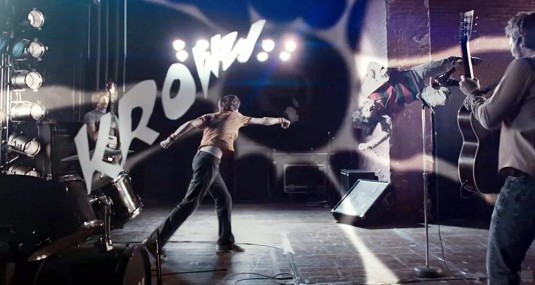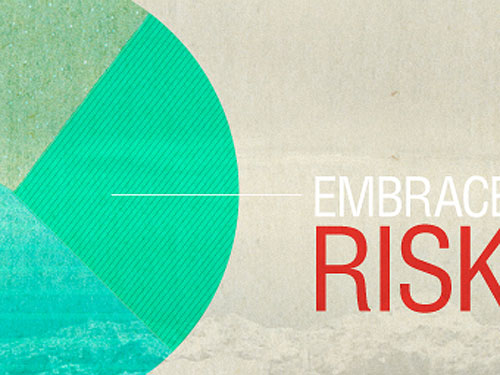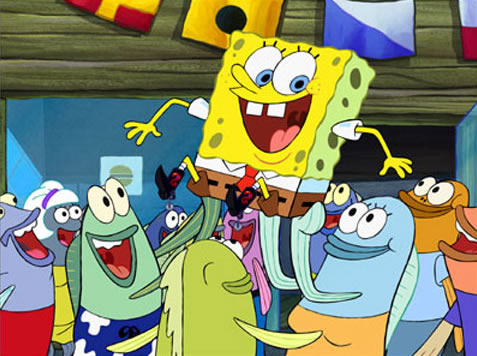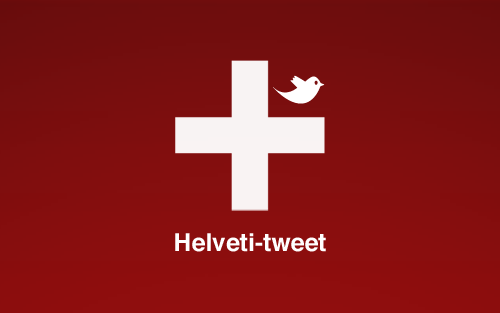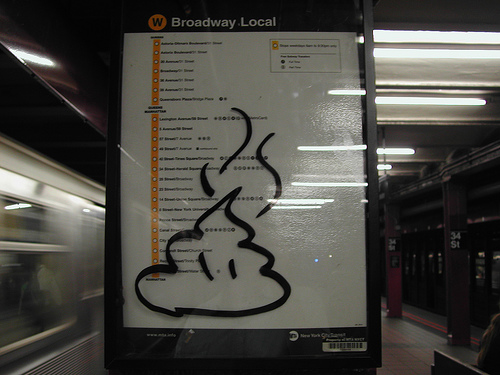
(Image: on Flickr – Photo Sharing!, a Creative Commons Attribution No-Derivative-Works (2.0) image from antiparticle’s photostream)
I was just reading this, you should too:
New York Observer – The Bullshit Artists
http://www.observer.com/2010/culture/bullshit-artists
My thoughts on “BS Artists”:
Laurie Anderson once said “People say, ‘C’mon, just say what you mean,’ which to me seems like such a bizarre thing to say. I’ve always felt that if I could say it, I would just write it down on a piece of paper and stand on the street corner and hand it out.”
I don’t deny the fact that there is a lot of bullshitting going on in the art world, but I think the reasons for it are more complicated than just lazy, greedy or stupid artists. Sure, some of it, maybe even a lot, can be attributed to these factors. But, I think a lot of it is also due to the fact that in order to be competitive as an artist, you are often forced to create sound-bites for your art.
Often times if your art is any good, it will cause confusion, be hard to explain, perhaps hard to even put into words. After all, as Anderson’s quote states, if the best way to express your ideas had been words to begin with, than you probably would have just written them. You would have pursued being a novelist or a poet! Instead here you are expressing yourself in your chosen medium, you finally figured out a way to communicate something that is not necessarily easily expressed through words and the first thing that happens is that someone comes along and asks “Tell me, what does it mean? What is this about?”
And so you struggle, eventually you build up a repertoire of interesting sound-bites that either satisfy or serve to further obfuscate your meaning. But at least the person asking you has something they can use to tell their friends or to market you. I’m not saying there doesn’t have to be vigorous intellectual thought and practice behind a work of art, and a lot of art especially conceptual art, truly is about a specific highly intellectual pursuit that can only be explained using big words that to the untrained ear sound suspiciously like BS but a lot of art can also simply be about aesthetics and beauty.
A sculpture might be a highly intellectual exploration of nothing more than the shape and the space it occupies, or an exploration of orangeness. Point being, the aesthetic aspects of an artwork may sometimes be the very inexpressable thing the artist is exploring. Thus they may be at a disadvantage when their dealer or gallery needs a soundbite, especially if their work is not backed by a solid intellectual and historical foundation.
